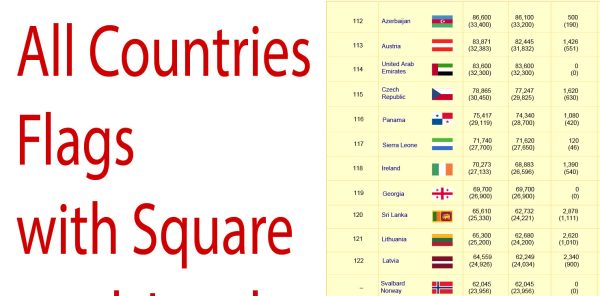The history of the Spanish flag is rich and dates back to ancient times. While the design has evolved over the centuries, the flag has always been associated with the various kingdoms and regions that make up modern Spain. Here is a brief overview of the history of the Spanish flag:
- Roman Period (c. 218 BC – 476 AD): During the Roman Empire, the Iberian Peninsula, including the territory that is now Spain, was part of the Roman territories. The Romans used various banners and symbols, but there was no specific flag representing the entire Iberian Peninsula.
- Visigothic Kingdom (c. 5th – 8th centuries): After the fall of the Roman Empire, the Visigoths established a kingdom in the Iberian Peninsula. They likely had their own emblems and banners, but there is limited historical evidence about specific flags from this period.
- Islamic Period (711–1492): The Moors, Islamic conquerors from North Africa, invaded and occupied the Iberian Peninsula. During this period, various Islamic flags were used. The most famous one was the green flag with a white crescent, representing the Umayyad Caliphate.
- Reconquista and the Christian Kingdoms (711–1492): The Reconquista was a long process during which Christian kingdoms gradually retook the Iberian Peninsula from Islamic rule. As Christian kingdoms emerged, they used their own heraldic symbols on banners and shields. The Kingdom of Castile, for example, used a golden castle on a red field.
- Union of the Crowns (1479): The marriage of Ferdinand II of Aragon and Isabella I of Castile in 1469 marked the beginning of the unification of Spain. The Catholic Monarchs, as they were known, used their personal heraldic symbols together. Their joint emblem featured the heraldic symbols of Castile (a castle) and Aragon (four vertical red stripes on a gold background).
- Habsburg and Bourbon Periods (16th–18th centuries): As the Habsburg and Bourbon dynasties ruled Spain, the flags continued to evolve, incorporating various symbols representing the different regions and kingdoms. The Cross of Burgundy, a red saltire on a white field, was used by the Spanish Empire and its military.
- Bourbon Restoration (18th century–present): The current design of the Spanish flag has its roots in the 18th century. During the Bourbon dynasty, the flag adopted the red and yellow colors, with the Bourbon coat of arms in the center. The design has been modified over time, and the current national flag was officially adopted on December 19, 1981.
The modern Spanish flag consists of three horizontal stripes: red at the top and bottom and a larger yellow stripe in the middle, with the national coat of arms on the yellow stripe toward the hoist side. The coat of arms includes the Pillars of Hercules, a crown, and a shield with various historical emblems.


 Author: Kirill Shrayber, Ph.D.
Author: Kirill Shrayber, Ph.D.